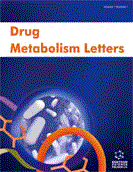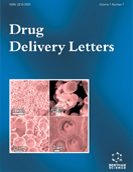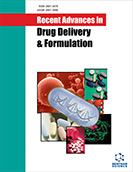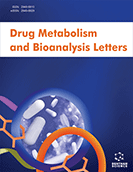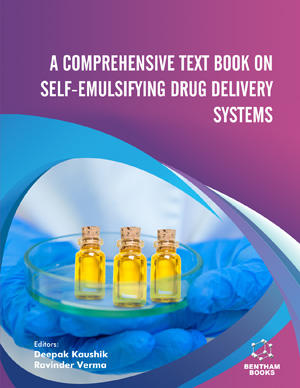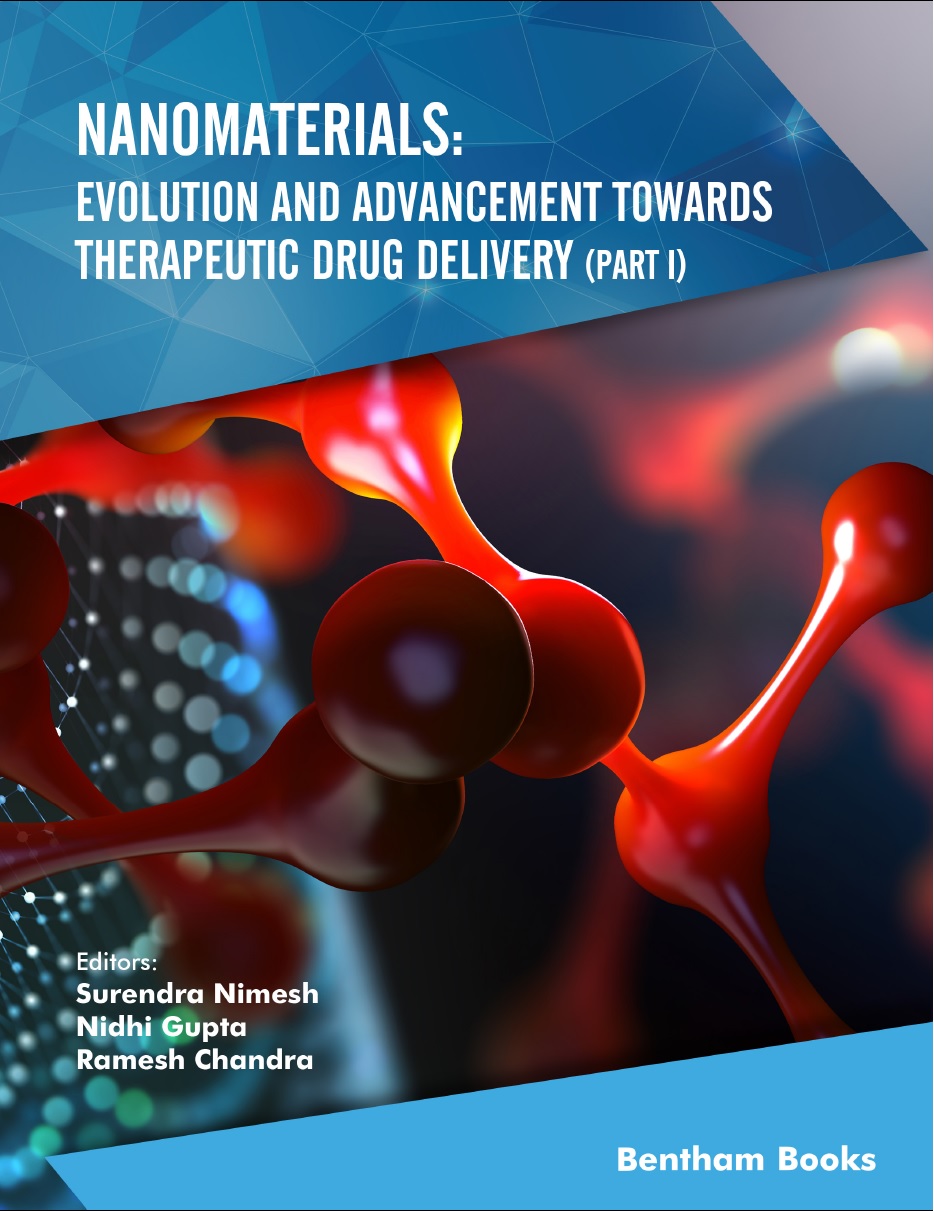Abstract
Saliva is a readily available specimen that can be collected by non-invasive procedures and contains many drugs of interest in screening and diagnosis. It is obtained by a painless and non invasive method of sampling; it contains the free fraction of drugs and therefore it is a good indicator of intoxication state. Inspite of its usefulness, only a few studies on long-term storage have been conducted for some drugs of abuse, while methadone stability have not been investigated yet. This lack in standardization and the scarcity of analytical protocols actually restrict saliva applications. Authors studied methadone stability on saliva during 12 months. Fifty-nine saliva samples were collected from heroin addicts in methadone treatment with the Cozart Rapiscan Collection procedure. The samples, spiked with tri-deuterated internal standards analogs of methadone and 2-ethyl-1,5-dimethyl-3,3-diphenylpyrrolinium perchlorate (EDDP), were submitted to Solid Phase MicroExtraction-Gas Chromatography/Mass Spectrometry (SPME-GC/MS) technique. Quantitative determinations of methadone and EDDP were performed immediately and after various intervals (one month, two months, twelve months). The results obtained from this experiment show that methadone is sufficiently stable at 4° C until 2 months, while a decrease have been observed for EDDP. These preliminary data prove the need to perform the analysis in a brief time, to avoid loss of EDDP. For the correct use of this biological matrix, more research and guidelines are recommended for drug testing on saliva.
Keywords: Saliva, methadone, stability, SPME-GC/MS
Drug Metabolism Letters
Title: Stability of Methadone and Its Main Metabolite in Oral Fluid
Volume: 2 Issue: 2
Author(s): Nadia Fucci and Nadia De Giovanni
Affiliation:
Keywords: Saliva, methadone, stability, SPME-GC/MS
Abstract: Saliva is a readily available specimen that can be collected by non-invasive procedures and contains many drugs of interest in screening and diagnosis. It is obtained by a painless and non invasive method of sampling; it contains the free fraction of drugs and therefore it is a good indicator of intoxication state. Inspite of its usefulness, only a few studies on long-term storage have been conducted for some drugs of abuse, while methadone stability have not been investigated yet. This lack in standardization and the scarcity of analytical protocols actually restrict saliva applications. Authors studied methadone stability on saliva during 12 months. Fifty-nine saliva samples were collected from heroin addicts in methadone treatment with the Cozart Rapiscan Collection procedure. The samples, spiked with tri-deuterated internal standards analogs of methadone and 2-ethyl-1,5-dimethyl-3,3-diphenylpyrrolinium perchlorate (EDDP), were submitted to Solid Phase MicroExtraction-Gas Chromatography/Mass Spectrometry (SPME-GC/MS) technique. Quantitative determinations of methadone and EDDP were performed immediately and after various intervals (one month, two months, twelve months). The results obtained from this experiment show that methadone is sufficiently stable at 4° C until 2 months, while a decrease have been observed for EDDP. These preliminary data prove the need to perform the analysis in a brief time, to avoid loss of EDDP. For the correct use of this biological matrix, more research and guidelines are recommended for drug testing on saliva.
Export Options
About this article
Cite this article as:
Fucci Nadia and Giovanni De Nadia, Stability of Methadone and Its Main Metabolite in Oral Fluid, Drug Metabolism Letters 2008; 2 (2) . https://dx.doi.org/10.2174/187231208784040979
| DOI https://dx.doi.org/10.2174/187231208784040979 |
Print ISSN 1872-3128 |
| Publisher Name Bentham Science Publisher |
Online ISSN 1874-0758 |
 6
6Related Articles
-
Affective Temperaments and Mood Disorders: A Review of Current Knowledge
Current Psychiatry Reviews Brain-Derived Neurotrophic Factor (BDNF) has Proliferative Effects on Neural Stem Cells through the Truncated TRK-B Receptor, MAP Kinase, AKT, and STAT-3 Signaling Pathways
Current Neurovascular Research Structure-Specific Ligand Recognition of Multistranded DNA Structures
Current Topics in Medicinal Chemistry Molecular Recognisation of 3a, 4-Dihydro-3-H-Indeno [1, 2-C] Pyrazole-2- Carboxamide/Carbothioamide Anticonvulsant Analogues Towards GABA-Aminotransferase- An in Silico Approach
Central Nervous System Agents in Medicinal Chemistry Toxicity of Mediterranean Scyphomedusae: An Overview
Central Nervous System Agents in Medicinal Chemistry Receptor for AGEs (RAGE) as Mediator of NF-kB Pathway Activation in Neuroinflammation and Oxidative Stress
CNS & Neurological Disorders - Drug Targets Divergent Synthesis of Novel Dienylbenzothiazoles and Arylidenedibenzoxazepines and Evaluation of Their Antiproliferative and Cytotoxic Properties
Letters in Organic Chemistry Glucose Levels and Outcome After Primary Intraventricular Hemorrhage
Current Neurovascular Research Invariant Natural Killer T Cell-Based Therapy of Autoimmune Diseases
Current Immunology Reviews (Discontinued) In Silico Search and Toxicology Prediction of Novel Potential β-Secretase Inhibitors in Alzheimers Disease
Current Bioactive Compounds Glucocorticoids Involvement in the Control of CNS Excitability
Recent Patents on CNS Drug Discovery (Discontinued) Ultra-micronized Palmitoylethanolamide Effects on Sleep-wake Rhythm and Neuropathic Pain Phenotypes in Patients with Carpal Tunnel Syndrome: An Open-label, Randomized Controlled Study
CNS & Neurological Disorders - Drug Targets Functional Gradient Adsorbents Processed with Biogenic Components for Ecologically Benign Water Purification
Current Green Chemistry Targeting Apoptosis to Treat Multiple Sclerosis
Current Drug Discovery Technologies Editorial: Systems Genetics of Alzheimer’s Disease: From GWAS to Disease Pathways
Current Alzheimer Research FTD and ALS: A Tale of Two Diseases
Current Alzheimer Research Significance of Pharmacogenetics and Pharmacogenomics Research in Current Medical Practice
Current Drug Metabolism Chemical Modifications of Ketoprofen (NSAID) in Search of Better Lead Compounds: A Review of Literature From 2004-2016
Anti-Inflammatory & Anti-Allergy Agents in Medicinal Chemistry Microvascular Diseases: Is A New Era Coming?
Cardiovascular & Hematological Agents in Medicinal Chemistry Glycobiology of Neural Stem Cells
CNS & Neurological Disorders - Drug Targets


